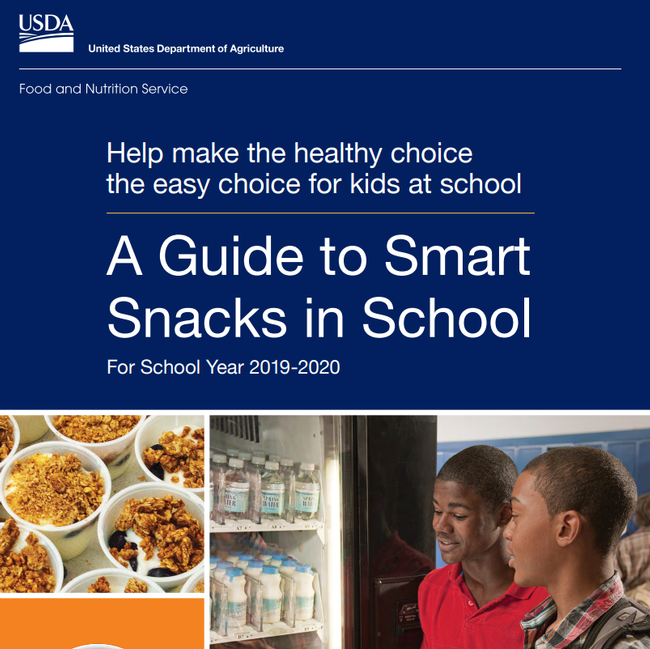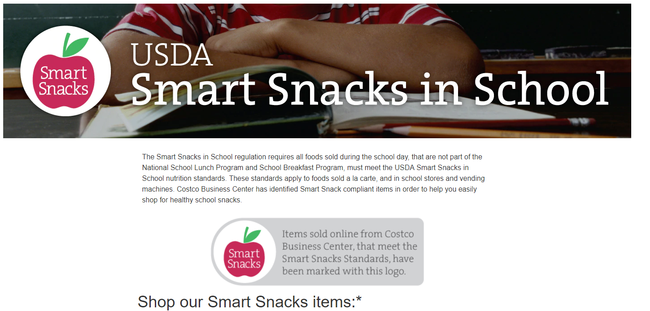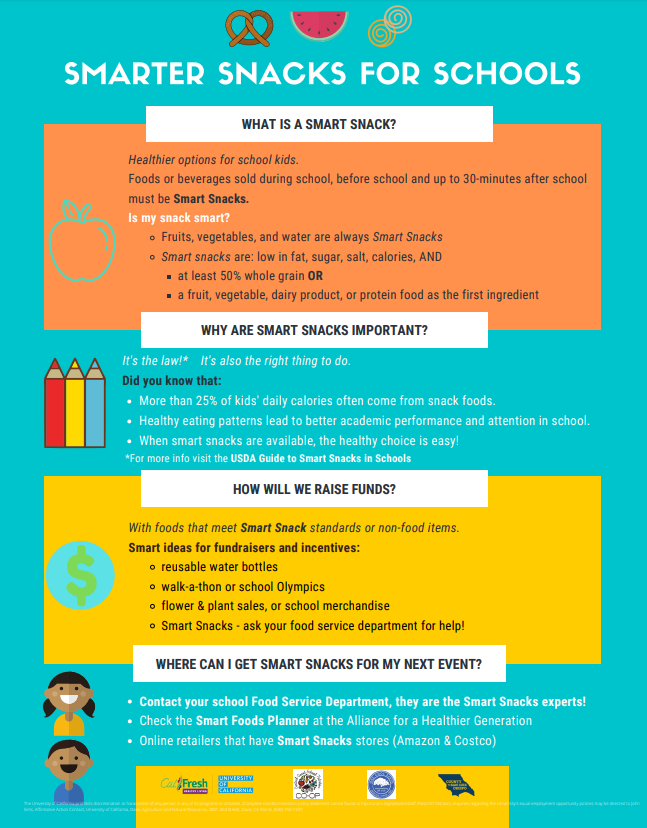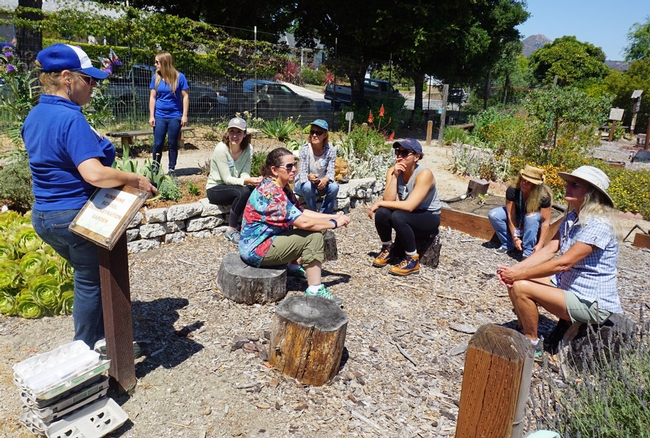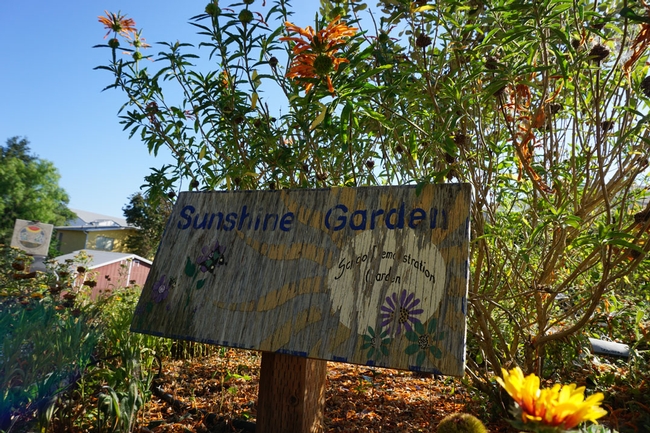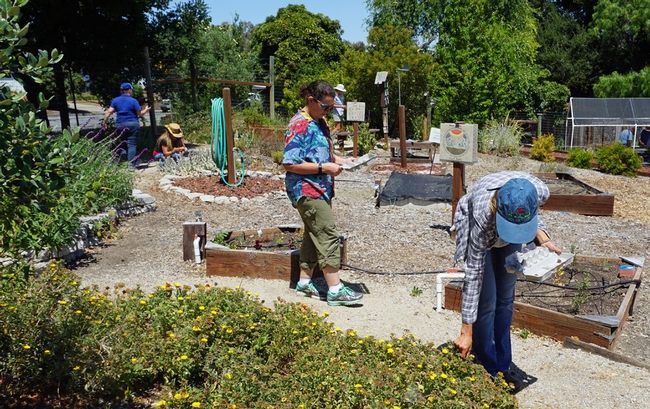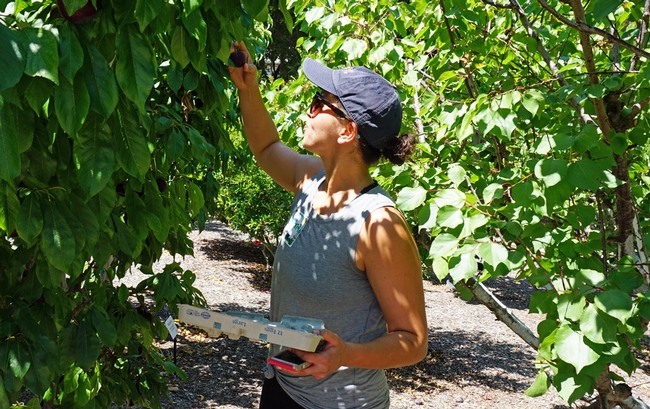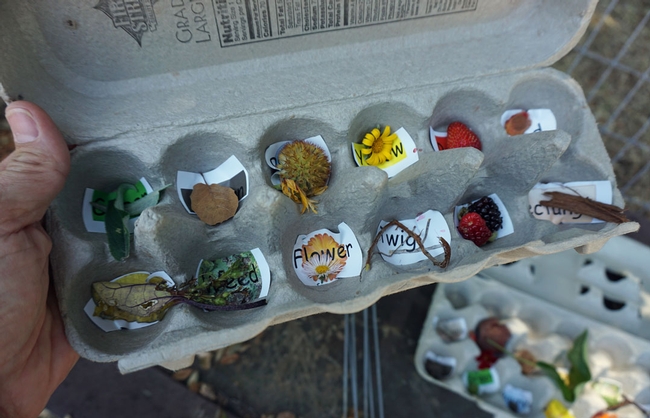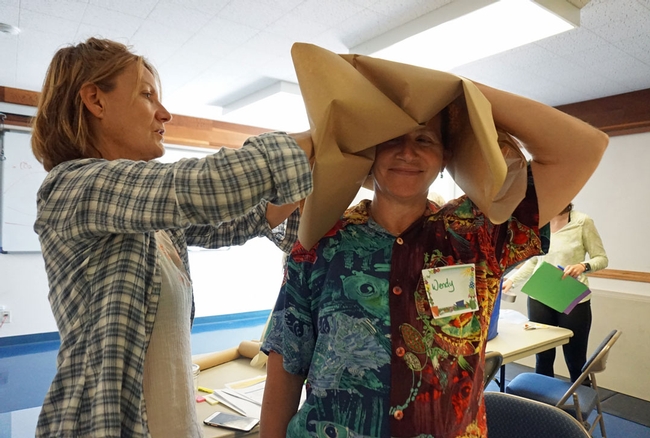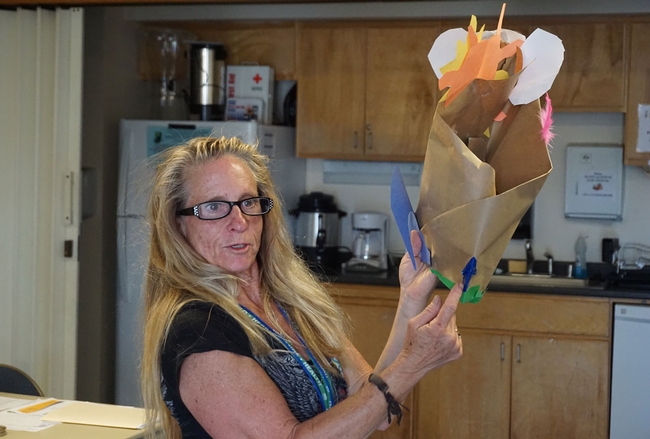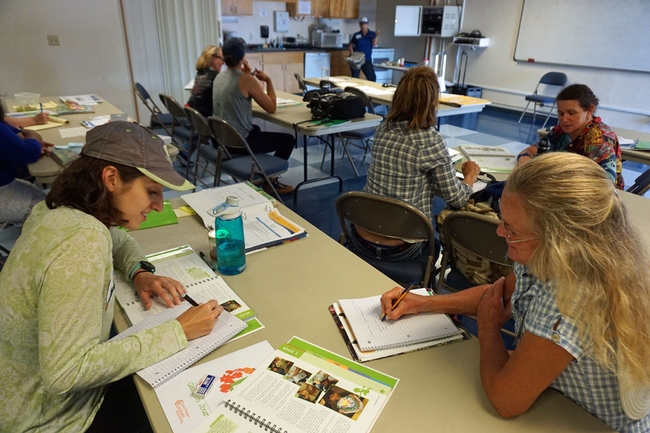
Posts Tagged: Shannon Klisch
Smarter snacks for schools
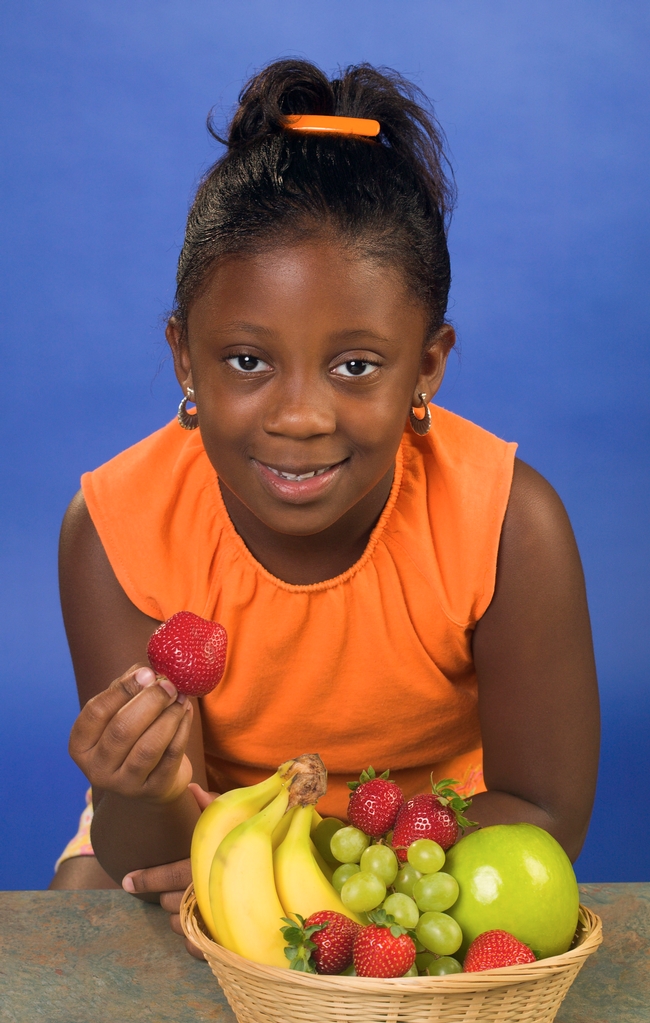
The 2010 Healthy Hunger-Free Kids Act (HHFKA) marked the first major update to school meal guidelines across America in 15 years. Prior to HHFKA, there were no restrictions on salt, fat content in milk, or trans fats. Fruits and vegetables were grouped together, and there were no guidelines about increasing variety. In addition, snacks (i.e., competitive foods, since they compete with the school meal program) were not regulated, which meant that students could purchase junk food like candy bars and soda through vending machines right next to the cafeteria.
At the same time, childhood obesity rates were continuing to increase, along with risk factors associated with chronic diseases like heart disease and diabetes. With the updated regulations for the National School Lunch and School Breakfast Programs, millions of students across the U.S. got access to healthier meals, more in line with the Dietary Guidelines for Americans.
But what about the other foods that are available to kids during the school day? If a cookie is being sold right next to the school lunch and at a lower price, why not just buy the cookie? Or if you know your class is getting brownies from the teacher later, why get lunch at all?
The answer: New standards under the HHFKA set regulations on snacks that can be sold during the school day. Now called Smart Snacks, these food items must align with federal nutrition standards. Such standards include being at least:
- 50% whole grain OR
- having the first ingredient on the nutrition label be a fruit, vegetable, dairy product or protein food OR
- being a combination food where at least ¼ cup of the snack is a fruit or vegetable.
Many granola bars, popcorn, crackers and even treats like brownies can be a Smart Snack. Whole fruit, vegetables and frozen fruit in water or 100% fruit juice are always Smart Snacks. These standards are also required for fundraisers and events that occur during the school day, basically anytime money is exchanged for food at school. Surprising to most, the school day (for the purpose of school food regulations) actually starts at midnight before and ends 30 minutes after the last class of the day.
What makes a snack 'smart'?
Don't worry, it's not just kale chips and broccoli stalks (although kale chips and broccoli are awesome!). There are a variety of Smart Snacks that fit the taste preferences for every age range.
As parents, community partners, school boosters and school staff, we all have a role in ensuring our youth have access to healthier snacks at school. It's also the law if your school participates in the federal school meal program. To find out if the food you want to sell or give out to kids makes the smart snack grade, you can check out the Alliance for a Healthier Generation Smart Snack online calculator, where you can enter in the nutrition information from the food label. Also, large online retailers like Costco and Amazon have Smart Snacks stores where you can browse and purchase a variety of compliant Smart Snacks. These standards have been around for some time now, but many people are still unfamiliar with them or don't understand their importance.
While Smart Snacks rules only apply to food that is sold to students during the school day, other policies - like your district's Local School Wellness Policy – may govern what can be provided to students on campus through rewards and incentives or at school celebrations. So, while there are regulations about what can be sold at school during the school day, why stop there? Why not make your after school fundraiser or snack shack healthy? Why not use smart snacks instead of sugary treats? Or even better, use non-food incentives like a birthday book instead of the same sugary cupcakes that come around each time there is a birthday. Instead of selling soda for $1 with the hotdog meal at the school carnival, try sparkling water or a hydration station with fruit infused water and a prize if you bring your own reusable water bottle. Just like clothes and movies, healthy and sustainable foods are becoming more trendy and lucrative for your fundraiser!
Overall, Smart Snacks are an important complement to the national school meal program and can be a great way to help students maintain growth and success in the classroom while also helping to maintain healthy lifestyles throughout life. Let your PTA and school partners know with this new infographic.
School gardens get new life from UC Cooperative Extension volunteers
When children grow their own fresh fruits and vegetables, they are much more likely to eat healthy food, so for decades California politicians, teachers and nutrition educators have advocated for a garden in every school. However, UC Cooperative Extension experts in Santa Barbara and San Luis Obispo counties found that garden care can dwindle over time.
“Students and their parents ‘age out' of their elementary schools,” said Shannon Klisch, UC CalFresh community education supervisor in San Luis Obispo and Santa Barbara counties. “The turnover in expertise and level of commitment can vary widely, leaving some schools with either weedy, abandoned vegetable patches, or no garden support at all.”
UCCE offers UC CalFresh, federally funded nutrition education for CalFresh recipients (formerly called Food Stamps). UC CalFresh nutrition educators in Santa Barbara and San Luis Obispo counties saw a need to mobilize highly trained community members who could develop, support, sustain and teach from school gardens. UC CalFresh joined with UC's 4-H Youth Development, Master Food Preserver, and Master Gardener programs to launch a pilot project called “UC Garden Nutrition Extenders.”
“We don't have enough staff to work the gardens in every school, so we've started recruiting and training volunteers,” said Lisa Paniagua, school garden sustainability coordinator for the UC Garden Nutrition Extender program in San Luis Obispo and Santa Barbara counties.
“By enlisting passionate volunteers, nutrition educators could significantly multiply the number of students who had access to school gardens, nutrition education, and training in science, technology, engineering, and math (STEM) in the garden,” said Katherine Soule, Ph.D., youth, families, and communities advisor in San Luis Obispo and Santa Barbara counties.
Klisch said UC Garden Nutrition Extenders are local members of their school communities.
“They are often parents, neighbors or staff and they have a personal investment in seeing the youth and the school environment flourish, which makes for a much more sustainable intervention and increases community capacity to sustain a garden program," she said.
Paniagua, Klisch, and Soule created a hybrid training program integrating volunteers and educators from UC CalFresh, UC Master Food Preservers, UC Master Gardeners and 4-H. They selected a 4-H gardening and nutrition curriculum written by researchers at Texas A&M AgriLife Extension, which includes engaging, student-centered, experiential learning while dividing time between the garden and the classroom. The curriculum reinforces goals in Common Core and Next Generation Science Standards, policies that guide public school teaching.
“Teachers will want to know we are familiar with curriculum standards. Applying them adds value to these classes,” Paniagua said.
In July, the third cohort of future UC Garden Nutrition Extender volunteers gathered at UC Cooperative Extension in San Luis Obispo to learn how they can help schools transform their gardens into fruitful learning activity centers for the students.
One member of the new cohort is Jill Marie, a certified Master Gardener in San Luis Obispo County.
“I live by a school and they have garden beds that are not kept up. I want to get involved and get to know the kids,” she said.
The volunteer teachers learn by conducting the indoor and outdoor curriculum activities and food demonstrations over a four-week period. Their first foray into the UCCE Sunshine School Demonstration Garden began with a mindfulness practice.
“Close your eyes, and just listen,” Paniagua instructed. A moment later she asked, “What did you hear?”
To encourage students to take a closer look at the garden, the class was sent out with egg cartons labeled for a 12-item scavenger hunt, and later asked to select one item to discuss. Reporting on topics are part of Common Core standards for students in third- through fifth-grades and creates discussion learning topics around science, math, engineering, art, and even poetry.
Back in the classroom, the trainees began work in pairs on the next lesson, “Know & Show Sombrero.” With paper, tape and a bag of craft supplies – balloons, ribbons, foam stickers and construction paper – the extenders made hats that represent everything a plant needs. One group used a yellow balloon to symbolize the sun, another had water drops raining down from the brim. A third group sprinkled glitter to represent the nutrients in the soil.
“Why are we putting these on a hat?” Paniaqua asked the class. “The exercise is useful for kinesthetic learners. It reinforces what they learn. At the end, we talk about it and develop conversation skills.”
The half-day session ended with a tasting of purple, yellow and orange carrots.
“In your journals, write words to describe the smell, sight, taste and feel of the three colors of carrots,” Paniagua said.
One of the volunteers Christina Lawson, director of nutrition for Coast Unified School District, laughed.
“We tried to serve purple carrots. Pfft. Zip,” she said. “I'm excited about this. If the kids try them before coming to the cafeteria, it would make my life so much easier.”
This project is funded through local grant awards from the National 4-H Council in collaboration with Lockheed Martin, and UC CalFresh Nutrition Education Program, which is a joint agreement among the U.S. Department of Agriculture/Food and Nutrition Service (USDA/FNS), the California Department of Social Services (CDSS) CalFresh branch, and the University of California Cooperative Extension (UCCE).

